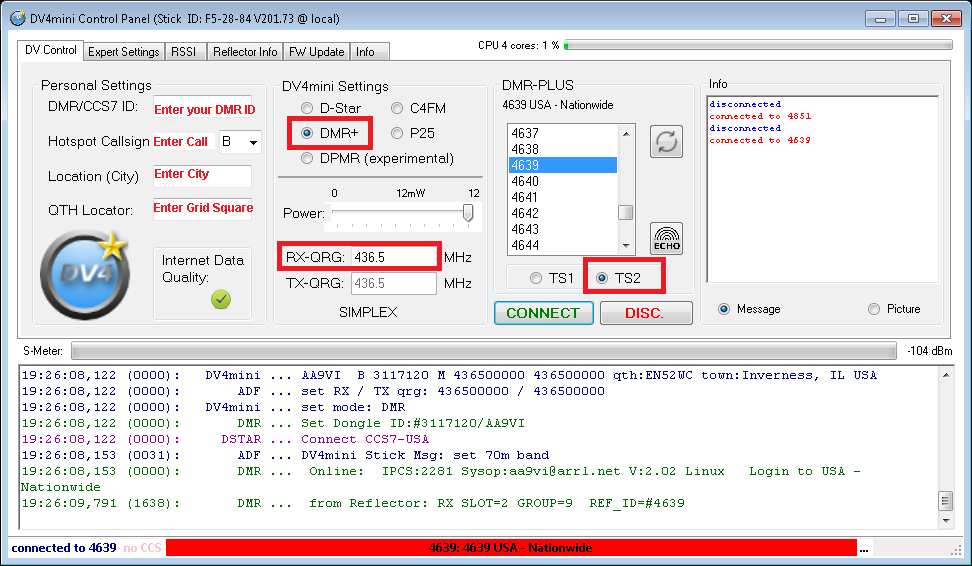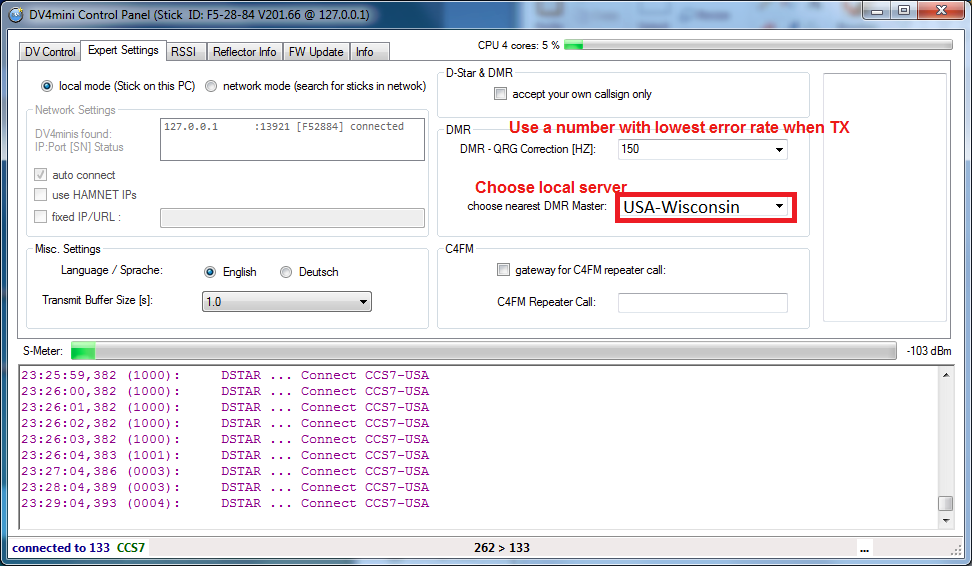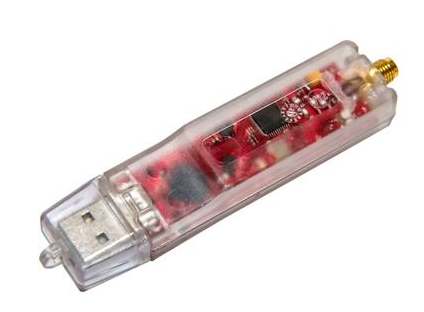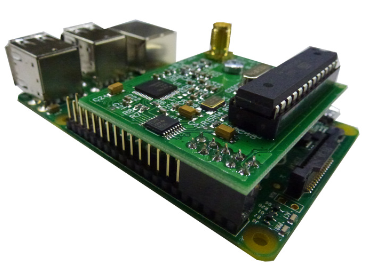
|
Translations:








|
Welcome to DMR Plus North America

DMR Plus ReflectorsDongle Access is Here!
DMR-MARC is excited to announce remote access with the DV4Mini from Wireless Holdings, the DVMEGA using MMDVM, and the Open Spot from Shark RF. You may access any of the below DMR-MARC talkgroups on your traditional repeater or via a hotspot connected to DMRPlus. Somone locally must PTT the talkgroup to ensure the connection is made between the stable portion of our network (DMR-MARC) and the experimental (DMR Plus). The inactivity timeout to disconnect is 10 minutes.
Shared Talkgroups between DMR-MARC and DMR Plus
Our partner group, Phoenix UK, also offer the following Talkgroup to Reflector Mappings Instructions for DV4Mini Software Configuration1. Download and install Visual C++ 2013. (both x86 and x64 for 64-bit machines and x86 for 32-bit machines). 2. Download and install the DV4mini software 3. Follow the screenshots to configure your personal information in the DV4mini software in the DV Control tab. 4. Go to the Expert Settings tab and select you nearest server and adjust the DMR - QRG Correction in the Expert Settings tab to show the lowest error rate. Red is high error, Yellow is medium, green is low error. You need to transmit to see the bit error rate (BER) bar. We have seen +150 to +300 Hz be optimal, depending on the type of radio you use. 5. Choose the USA-Wisconsin or USA-California servers. These are the only official DMR-MARC to DMRPlus supported servers. We cannot vouch for the interoperability of the other servers. They may or may not work. Do not choose a BM server. 6. Choose a talkgroup after selecting the TS2 radio button. Then Choose "Connect" on the DV Control tab. 7. Go to TS2 TG9 on your radio for all calls. (This is similar to what D-Star does with the "T" channel profile.) 

Configuration of MMDVM on DVMega/Raspberry Pi1. Purchase a Raspberry Pi and a DVMEGA2. download the latest Jessie Western D-Star Widget Image 3. Follow these helpful instructions. 4. Below is an example MMDVM.ini file that works well. Our partners in the UK, Phoenix, are hosting this service for Europe. You may use their server in the event ours is down. [General] Callsign=YOURCALLSIGN Timeout=180 Duplex=0 # ModeHang=10 RFModeHang=10 NetModeHang=3 Display=None Daemon=0 [Info] RXFrequency=436500000 TXFrequency=436500000 Power=1 # Positive Latitude is degrees north Latitude=0.00 # Negative Latitude is degrees west Longitude=-0.00 Height=1 Location=YOURGRIDSQUARE Description=DVMEGA URL=dmr-marc.net [Log] # Logging levels, 0=No logging DisplayLevel=1 FileLevel=1 FilePath=. FileRoot=MMDVM [CW Id] Enable=1 Time=10 [DMR Id Lookup] File=DMRIds.dat Time=24 [Modem] Port=/dev/ttyAMA0 # Port=\\.\COM3 TXInvert=1 RXInvert=0 PTTInvert=0 TXDelay=100 DMRDelay=0 RXLevel=50 TXLevel=50 # CWIdTXLevel=50 # D-StarTXLevel=50 # DMRTXLevel=50 # YSFTXLevel=50 # P25TXLevel=50 OscOffset=0 RSSIMappingFile=RSSI.dat Debug=1 [UMP] Enable=0 # Port=\\.\COM4 Port=/dev/ttyACM1 [D-Star] Enable=0 Module=A SelfOnly=0 [DMR] Enable=1 Beacons=0 Id=Your7DigitDMRID ColorCode=1 SelfOnly=0 # Prefixes=234,235 CallHang=3 TXHang=4 [System Fusion] Enable=0 #RemoteGateway=0 #[P25] #Enable=1 #NAC=293 [D-Star Network] Enable=0 GatewayAddress=127.0.0.1 GatewayPort=20010 LocalPort=20011 Debug=0 [DMR Network] Enable=1 # Address for East and Midwest USA Address=67.53.13.50 # Address for West USA and South Pacific # Address=104.236.174.209 # Address for Europe and Africa # Address=109.69.105.88 Port=55555 Jitter=300 # Local=3350 Password=PASSWORD Options=StartRef=4639;RelinkTime=60;UserLink=1 RSSI=0 Slot1=0 Slot2=1 Debug=0 [System Fusion Network] Enable=0 LocalAddress=127.0.0.1 LocalPort=3200 GwyAddress=127.0.0.1 GwyPort=4200 Debug=0 #[P25 Network] #Enable=1 #GatewayAddress=127.0.0.1 #GatewayPort=42020 #LocalPort=32010 #Debug=0 [TFT Serial] # Port=modem Port=/dev/ttyAMA0 Brightness=50 [HD44780] Rows=2 Columns=16 # For basic HD44780 displays (4-bit connection) # rs, strb, d0, d1, d2, d3 Pins=11,10,0,1,2,3 # Device address for I2C I2CAddress=0x20 # PWM backlight PWM=0 PWMPin=21 PWMBright=100 PWMDim=16 DisplayClock=1 UTC=0 [Nextion] # Port=modem #Port=/dev/ttyAMA0 Brightness=50 DisplayClock=1 UTC=0 IdleBrightness=20 [OLED] Type=3 Brightness=0 Invert=0 [LCDproc] Address=localhost Port=13666 #LocalPort=13667 DimOnIdle=0 DisplayClock=1 UTC=0 Instructions for Shark RF Open Spot
Extra InformationLast Heard List DV4mini Software DV4mini Blog You Tube Video 1 You Tube Video 2 You Tube Video 3 |
|
Copyright © DMR-MARC. All Rights Reserved. |



